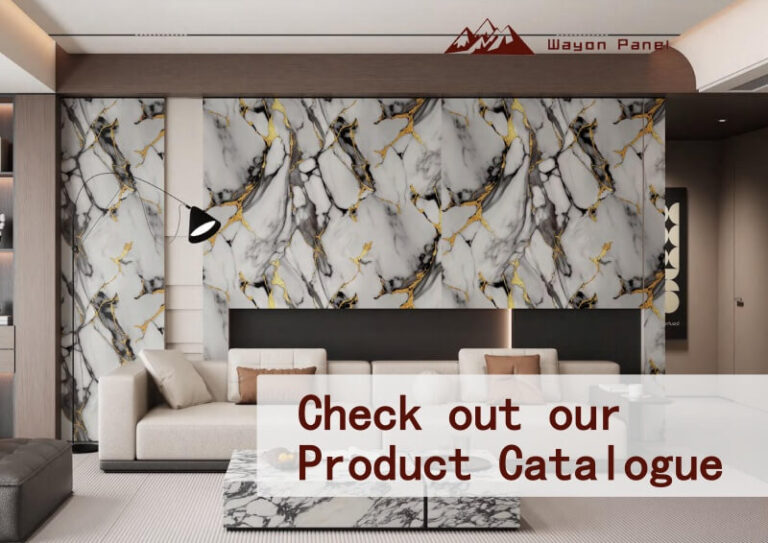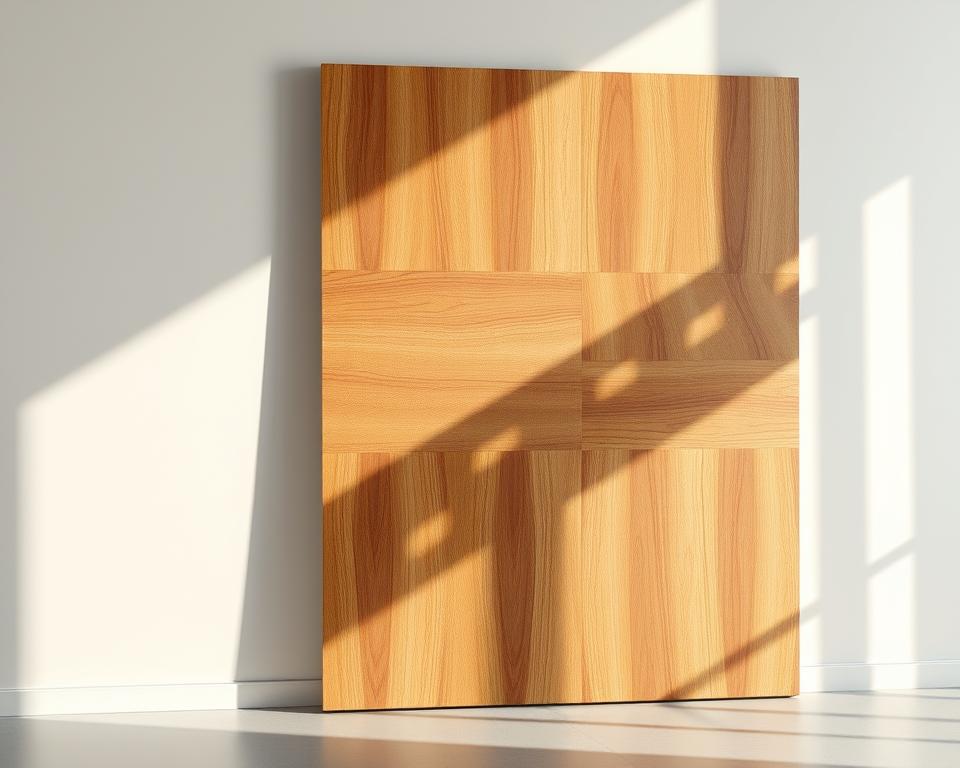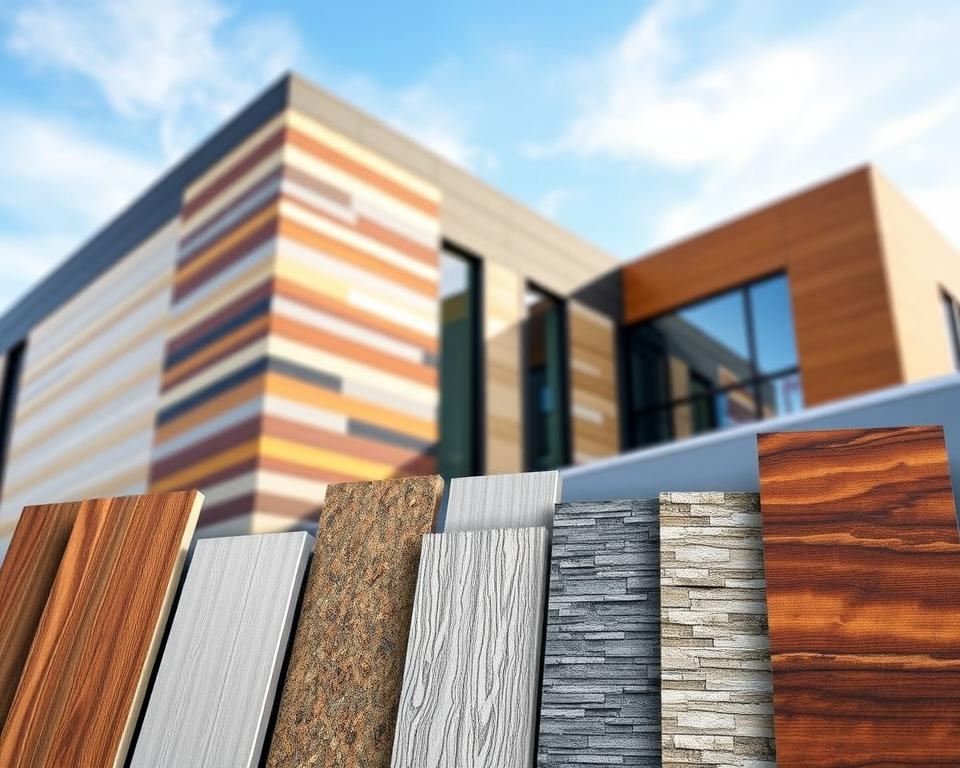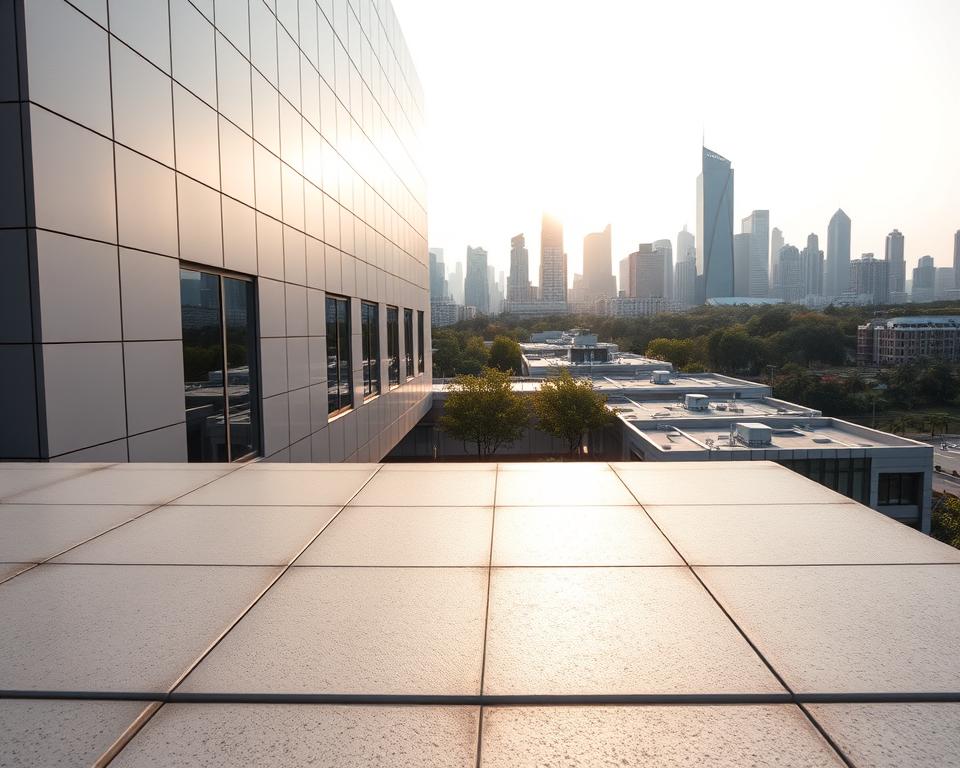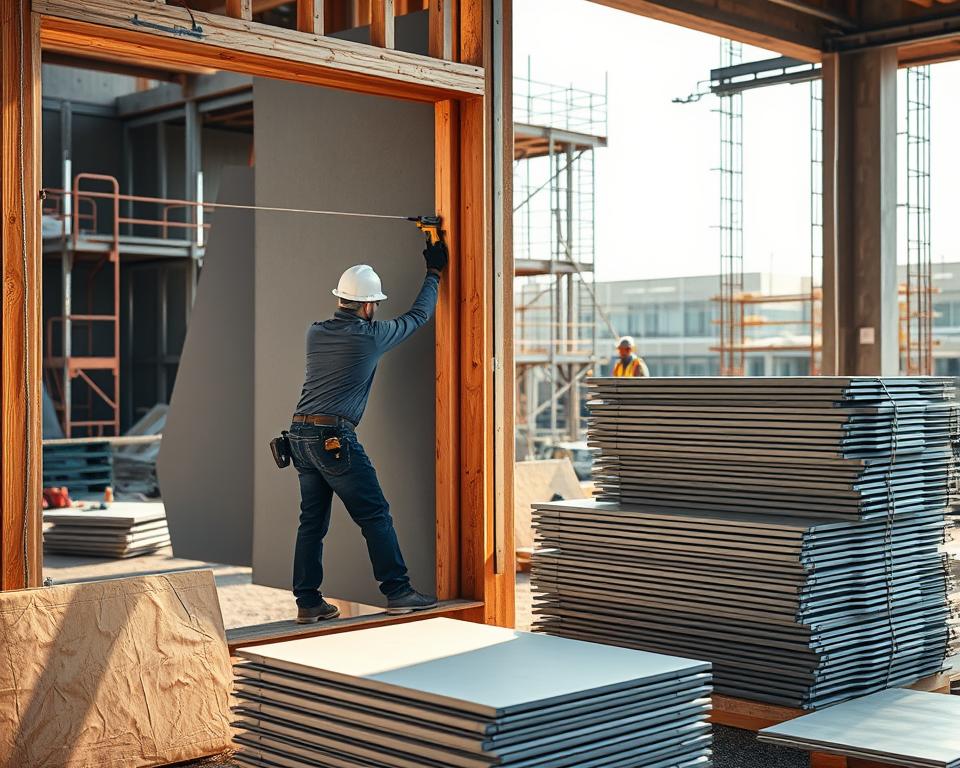Fire safety has become a top priority in construction projects across the United States. Building professionals now prioritize materials that combine durability with critical protective features. This analysis explores how modern exterior cladding systems address these needs while meeting strict safety standards.
Traditional wood siding poses significant risks, as it can ignite quickly and spread flames. In contrast, innovative building materials use advanced technologies to resist combustion. The market offers diverse approaches to fire-resistant designs. Some manufacturers focus on specialized core compositions, while others integrate multiple protective features.
Choosing the right system requires understanding local building codes and project-specific needs. Modern exterior products often combine fire resistance with UV protection and weather durability, reducing long-term maintenance costs. This guide helps contractors and homeowners evaluate options that align with safety regulations and performance expectations.
Introduction
Building codes now demand smarter solutions for exterior surfaces as urban development intensifies. Modern cladding systems blend visual appeal with critical safety upgrades, particularly in fire-prone regions. This shift responds to stricter regulations requiring materials that slow flame spread while maintaining structural integrity.
Traditional options like wood or vinyl struggle to meet updated safety benchmarks. Engineered alternatives use layered designs with fire-retardant cores and protective coatings. Industry leaders test their products through rigorous standards like ASTM E84 and UL 723 to verify flame resistance.
Three factors define superior performance:
- Core composition (mineral-based vs polymer blends)
- Surface treatments that create thermal barriers
- Certification from third-party laboratories
Recent data shows fire-resistant cladding reduces insurance premiums by 12-18% in commercial projects. These systems also resist moisture damage and UV fading, making them practical for coastal and high-sunlight areas. As architects balance safety with design flexibility, material testing becomes central to specification processes.
Understanding Fire Resistance in Composite Materials
Modern construction demands materials that do more than just look good – they must actively protect structures from extreme conditions. Rigorous testing protocols separate reliable solutions from basic options, particularly when evaluating how systems perform in fire scenarios.
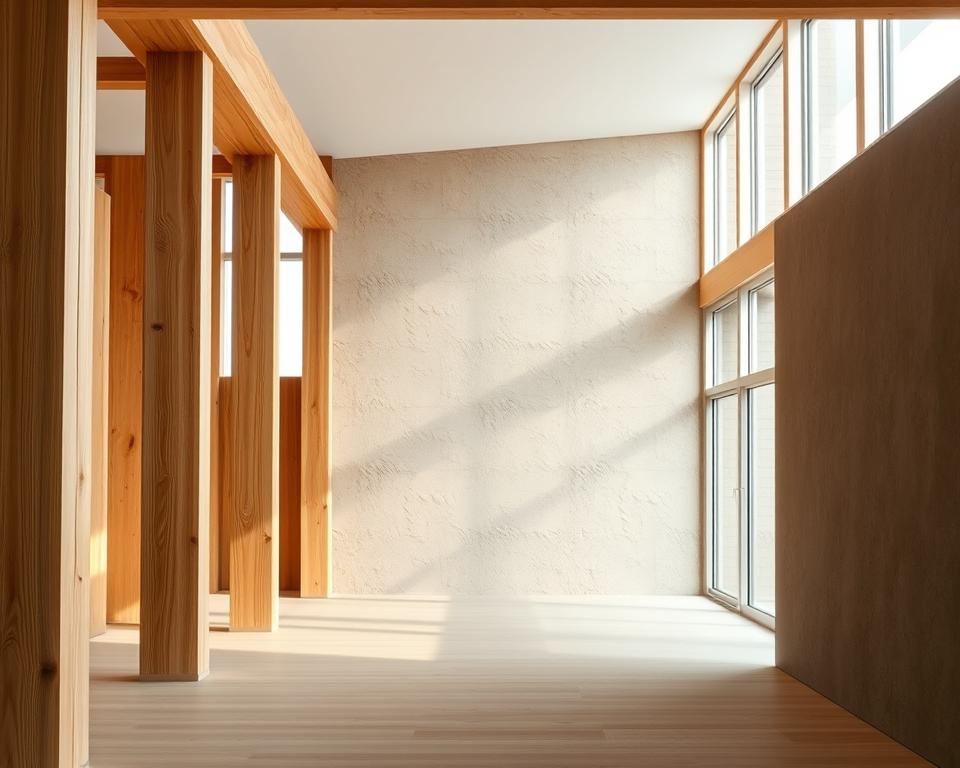
Importance of Fire Testing Standards
Industry leaders rely on standardized evaluations like ASTM E84 to measure critical safety factors. This tunnel test calculates flame spread speed and smoke density, giving builders quantifiable data. “Third-party certification isn’t optional – it’s what separates proven solutions from marketing claims,” notes a engineer.
Key testing metrics include:
- Heat release rates during controlled burns
- Structural integrity maintenance under stress
- Smoke toxicity levels
Performance Under High Temperatures
Advanced manufacturing techniques create layered protection. Our technology fuses core and shield materials at 400°F, forming a unified barrier. This process enhances both fire resistance and weatherproofing capabilities.
High-performance systems demonstrate:
- Minimal warping at temperatures exceeding 200°F
- Consistent protective layer adhesion
- Reduced smoke emission compared to wood-based products
Builders should verify that chosen products meet local code requirements for flame spread (Class A rating) and smoke development. Proper specification ensures both safety compliance and long-term value.
Composite Wall Panels: Key Features and Benefits
Modern building solutions combine practical design with protective features that simplify installation while enhancing safety. Engineered systems now integrate hidden fastening methods and weather-resistant properties, addressing common challenges in exterior applications.
Innovative Tongue & Groove Design
The interlocking edge system used in products like our composite wall panels creates seamless connections between boards. Measuring 5-9/16″ x 1/2″, these components fit snugly whether installed horizontally or vertically. Key advantages include:
- Concealed fasteners for clean visual lines
- Built-in expansion gaps for temperature changes
- Tighter moisture barriers than traditional butt joints
The testing shows this design maintains structural stability even during extreme weather events. Contractors appreciate the reduced installation time compared to conventional siding methods.
Low Maintenance and Durability
Advanced surface treatments eliminate the need for annual repainting or sealing. Unlike wood alternatives, these materials resist:
- UV fading from prolonged sun exposure
- Staining from environmental pollutants
- Insect damage and rot
A 2023 industry study found commercial properties using these systems saved 40% on upkeep costs over five years. Routine cleaning requires only occasional power washing, preserving both appearance and fire-resistant capabilities.
Material Composition and Safety Standards
Innovative building solutions now prioritize environmental responsibility without sacrificing safety. Manufacturers blend recycled resources with advanced engineering to create exterior systems that meet strict performance benchmarks.
Eco-Friendly and Recycled Materials
Reclaimed wood fibers merge with polymers to form dense cores that outperform traditional options. This mix creates a protective char layer during fires, slowing flame spread better than solid wood. Third-party labs verify these materials meet ASTM E84 standards for smoke development and heat release.
Builders gain dual benefits: structures meet modern fire codes and contribute to waste reduction. These advancements show how smart material choices protect both properties and ecosystems.
Comparative Analysis of Fire Resistant Technologies
Material innovations have reshaped how buildings withstand environmental challenges. Leading manufacturers now combine multiple protective layers to address fire risks while maintaining visual appeal. This comparison highlights critical differences in performance across top-rated exterior systems.
Weatherproofing Meets Fire Safety
Advanced exterior products integrate UV blockers and moisture barriers directly into their design. Our composite wall panels uses a 4-layer structure with built-in water resistance, preventing swelling that weakens flame-retardant additives. Their wood-grain finish reflects sunlight, keeping surface temperatures 30% lower than darker alternatives during summer months.
Structural Integrity Under Stress
Temperature fluctuations test every exterior surface. Our technology prevents warping through cross-linked polymers that expand and contract uniformly. Third-party tests show their panels withstand 1,200 thermal cycles without cracking – crucial for maintaining fire barriers.
Key advantages of integrated systems include:
- No peeling treatments that compromise safety
- Consistent performance in coastal climates
- Reduced maintenance costs over decades
Builders should prioritize products with unified protective layers rather than surface coatings. This approach ensures lasting performance where safety matters most.
Installation and Maintenance Insights
Correct setup preserves safety features while extending service life. Systems perform best when installers follow precise guidelines for spacing and material handling.
Critical temperature adjustments:
| Installation Temp | Gap Size | Panel Length |
|---|---|---|
| 32°F | 2/16″ | Up to 16′ |
| 68°F | 1/16″ | Over 16′ |
Stainless steel fasteners prevent rust stains and maintain structural bonds. Horizontal installations require 45° screw angles for optimal grip. Furring strips boost insulation when mounted beneath primary supports.
Sustaining Peak Performance
Annual pressure washing removes soot and debris that could ignite. Focus on joints and gaps where flammable materials collect. Inspect fasteners quarterly – loose connections compromise thermal barriers.
Key maintenance checks include:
- Clearing drainage channels behind materials
- Monitoring color changes indicating UV damage
- Testing ventilation airflow rates
“Routine care preserves fire-resistant coatings better than reactive repairs.”
Document all inspections to maintain warranty coverage. Professional assessments every 5 years verify continued compliance with safety standards.
Eco-Friendliness and Sustainable Material Choices
Green building practices now drive innovation in protective exterior solutions. Forward-thinking manufacturers prove safety and sustainability work together through smart engineering.
Key benefits of sustainable systems include:
- Enhanced fire resistance through tightly bonded recycled content
- Lower environmental impact than traditional wood cladding
- 25-year warranties backed by third-party certifications
Builders gain dual advantages – structures meet modern safety codes while supporting circular economies. These products demonstrate how responsible material choices protect both properties and ecosystems without compromising performance.
Choosing eco-conscious options helps projects align with green building initiatives. Fire-resistant systems using recycled wood and polymers offer lasting protection while reducing landfill waste. This approach sets new benchmarks for environmentally smart construction.

